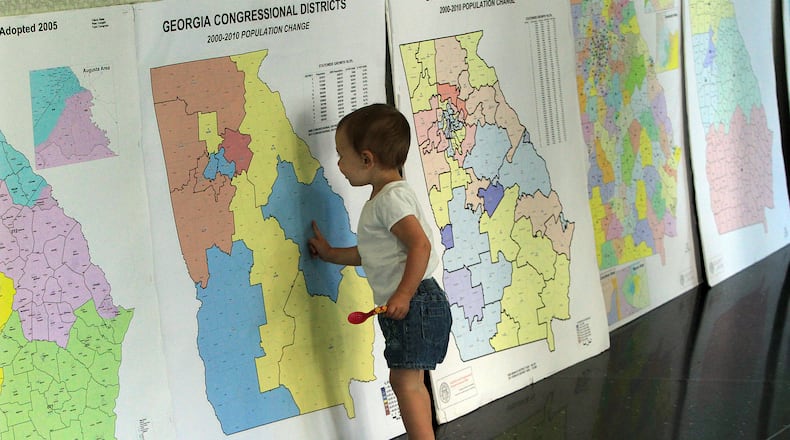In 11 joint public hearings held across the state over the last 2 months, the Georgia Senate and House redistricting committees heard from hundreds of citizens reflecting the increasing diversity of Georgia. This included numerous youth voices as young as 13 years old to seniors speaking from their experience, from urban and suburban to rural residents and a richness of multiracial speakers from all walks of life.
Even in these times of political polarization, the overwhelming themes were consistent. The people of Georgia want a redistricting process that is transparent, fair and preserves communities. It is now time for legislators to heed this input as they move into the redistricting process over the coming months.
On August 12th, the U.S. Census Bureau released the population data required to draw district maps. This release was in a legacy format, followed by the final release on September 30th that will be more user-friendly. Our partner, the Princeton Gerrymandering Project, tells us that states can begin the work of drawing maps in this legacy format. Therefore, now is the time for the legislative leadership to lay out a transparent timeline for the upcoming process through the special session.
Credit: contributed
Credit: contributed
This begins with establishing committee guidelines in a public forum. A coalition of redistricting advocate organizations provided best practice input for those guidelines back in April. The time is now -- to be fair and transparent, guidelines need to be in place before the work on the maps begins.
Legislators heard consistently from citizens that they do not want their communities split, as my city, Decatur has been. The analysis done by Fair Districts GA and the Princeton Gerrymandering Project showed that division of small cities is not unique to my community. In fact, two-thirds of the small cities in Georgia are split into multiple House districts despite having populations that could be – and formerly were -- easily contained within one district. This technique appears to have been used for partisan purposes in the 2011 redistricting cycle which resulted in a 44% increase in cities now split across multiple districts.
Citizens were also clear in their demand for fair maps and the end to partisan gerrymandering that both parties are guilty of. Maps that are fair for growing minority populations of Georgia was also a theme in the hearings.
In the past, citizens could only evaluate the maps by the shape, questioning misshaped districts that appeared to favor one party or race over the other.
However, in this cycle, for the first time, citizens have access to sophisticated tools and analytics to evaluate the fairness of proposed maps. As we provided in a recent analysis of the last 20 years of redistricting in Georgia, Fair Districts GA and the Princeton Gerrymandering Project will release fairness benchmarks for partisan balance, minority representation and competitive districts before the legislature publishes their proposed maps.
These benchmarks utilize state-of-the-art analytics that have been used in Supreme Court cases to evaluate whether maps are outliers indicating gerrymandering. The legislature will have access to these benchmarks and we encourage them to evaluate the proposed maps before release to demonstrate fairness.
Whether they use this resource or not, Fair Districts GA will provide the public an evaluation of the proposed maps based on these benchmarks.
Georgians have been clear that now is the time for a fair, transparent redistricting process that preserves our communities. Now is the time for legislators to listen and be accountable to the citizens of Georgia.
Janet Grant is vice chair of Fair Districts GA.
About the Author
Keep Reading
The Latest
Featured


